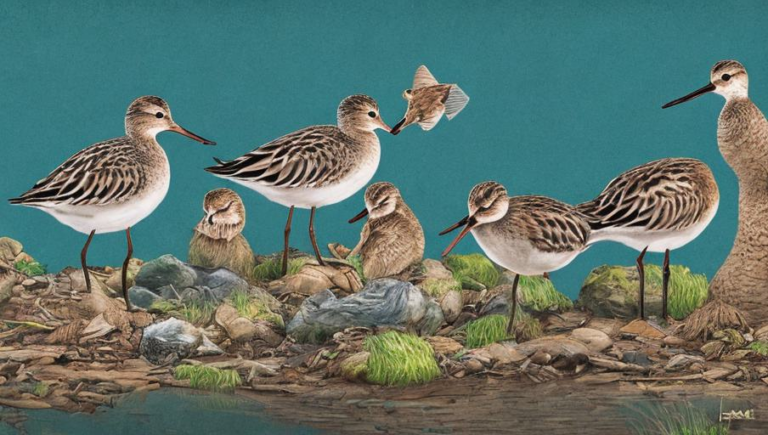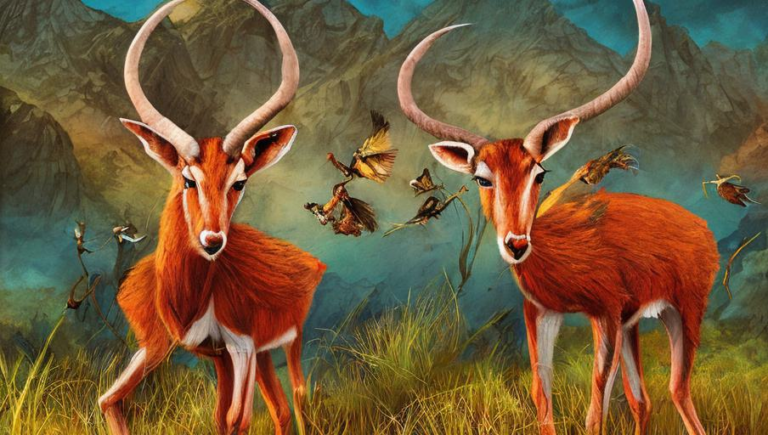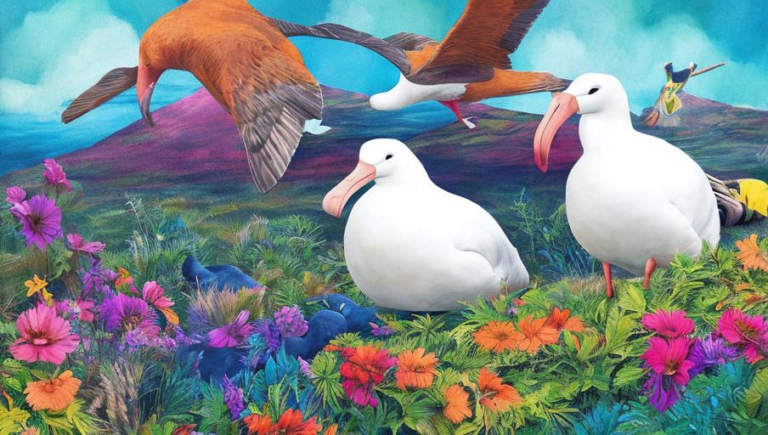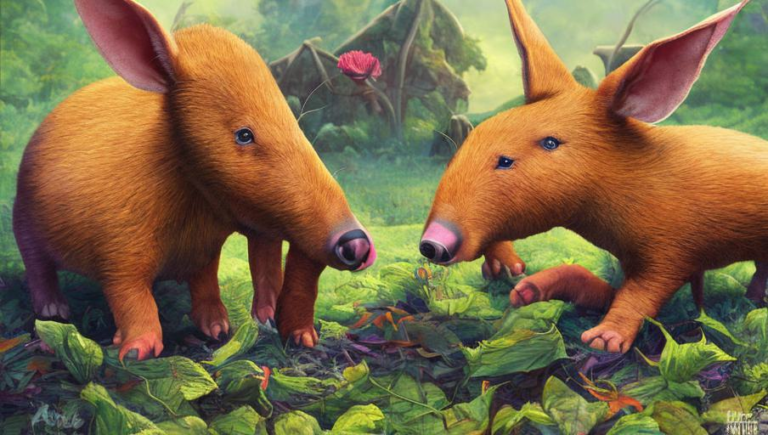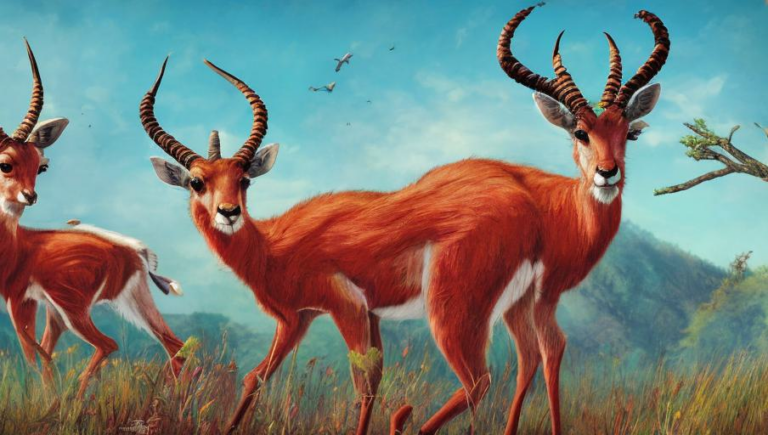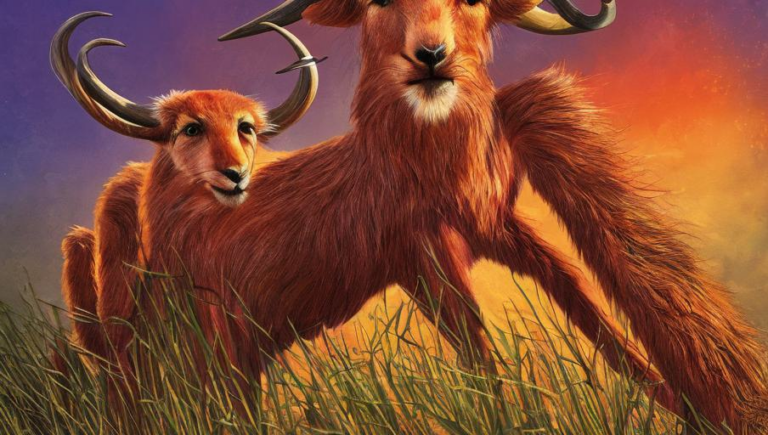Characteristics of Choughs
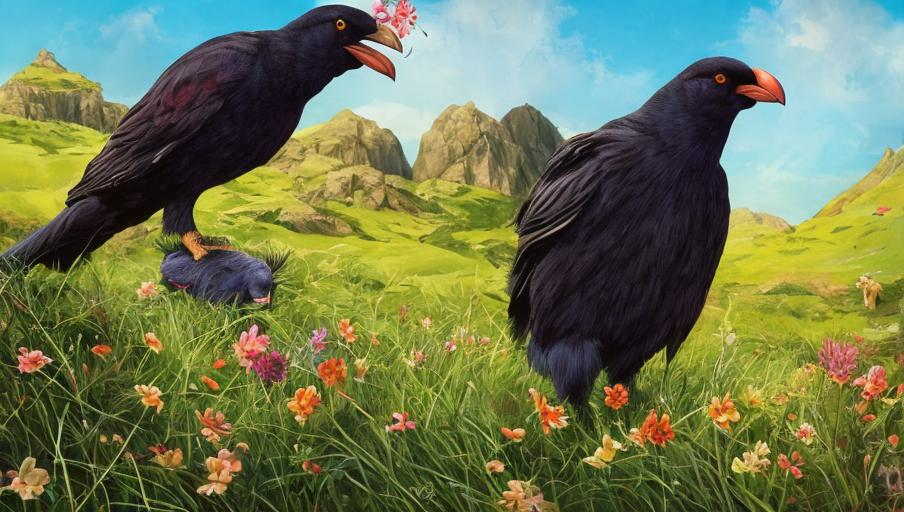
What is a Chough?
Choughs are a species of bird in the Corvidae family, which also includes crows and jays. They are found in Europe, Africa, and Asia, and are generally identified by their bright red beaks and legs. Choughs are medium-sized birds, ranging from 20-26 inches in length and weighing up to 14 ounces. They generally have a black head, neck, and chest, with white underparts, and brown wings and tail.
Habitat and Diet
Choughs can be found in a variety of habitats, including mountains, cliffs, grasslands, and moorlands. They feed mainly on insects, worms, and other invertebrates, but will also eat berries and other fruits. Choughs also scavenge for food, eating carrion and the remains of other animals. They will also take food from farms and gardens, making them a pest to some farmers.
Behavior
Choughs are highly social birds, living in flocks of up to 40 individuals. They are generally quite vocal, making a variety of calls, and they are also known to perform aerial acrobatics while they are in flight. Choughs are monogamous, staying with the same mate for life. They breed in colonies, nesting in burrows in the ground or in rock crevices.
Conservation Status
The conservation status of choughs varies by region. In some parts of Europe, they are listed as near threatened, while in other regions they are not considered threatened at all. Choughs are protected under the European Birds Directive, and their habitats are also protected from development. However, the population of choughs is declining due to human activities, such as the destruction of their habitats, and the use of pesticides, which can kill the insects they feed on.
Conclusion
Choughs are an interesting species of bird, with their bright red beaks and legs, and their aerial acrobatics. They are social birds, living in flocks, and they are also monogamous, staying with the same mate for life. Although they are protected in some regions, their population is declining due to human activities. Therefore, it is important to protect their habitats, so that these fascinating creatures can continue to thrive.
